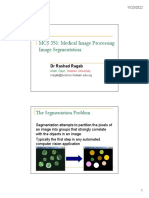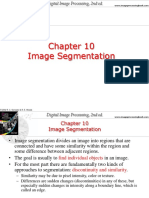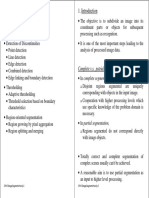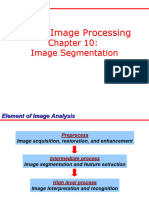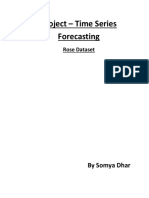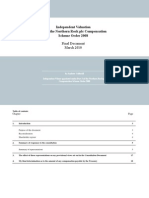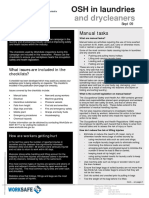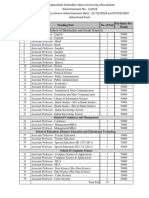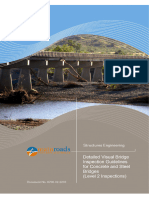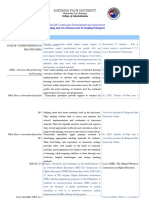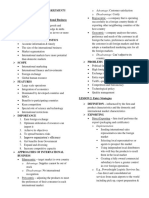0% found this document useful (0 votes)
50 views62 pagesImage Segmentation I
The document discusses image segmentation techniques including discontinuity based approaches like point, line and edge detection as well as region based approaches. It covers different edge detection operators and linking edges using local and global processing like the Hough transform.
Uploaded by
Hamza MasoodCopyright
© © All Rights Reserved
We take content rights seriously. If you suspect this is your content, claim it here.
Available Formats
Download as PDF, TXT or read online on Scribd
0% found this document useful (0 votes)
50 views62 pagesImage Segmentation I
The document discusses image segmentation techniques including discontinuity based approaches like point, line and edge detection as well as region based approaches. It covers different edge detection operators and linking edges using local and global processing like the Hough transform.
Uploaded by
Hamza MasoodCopyright
© © All Rights Reserved
We take content rights seriously. If you suspect this is your content, claim it here.
Available Formats
Download as PDF, TXT or read online on Scribd
/ 62

















